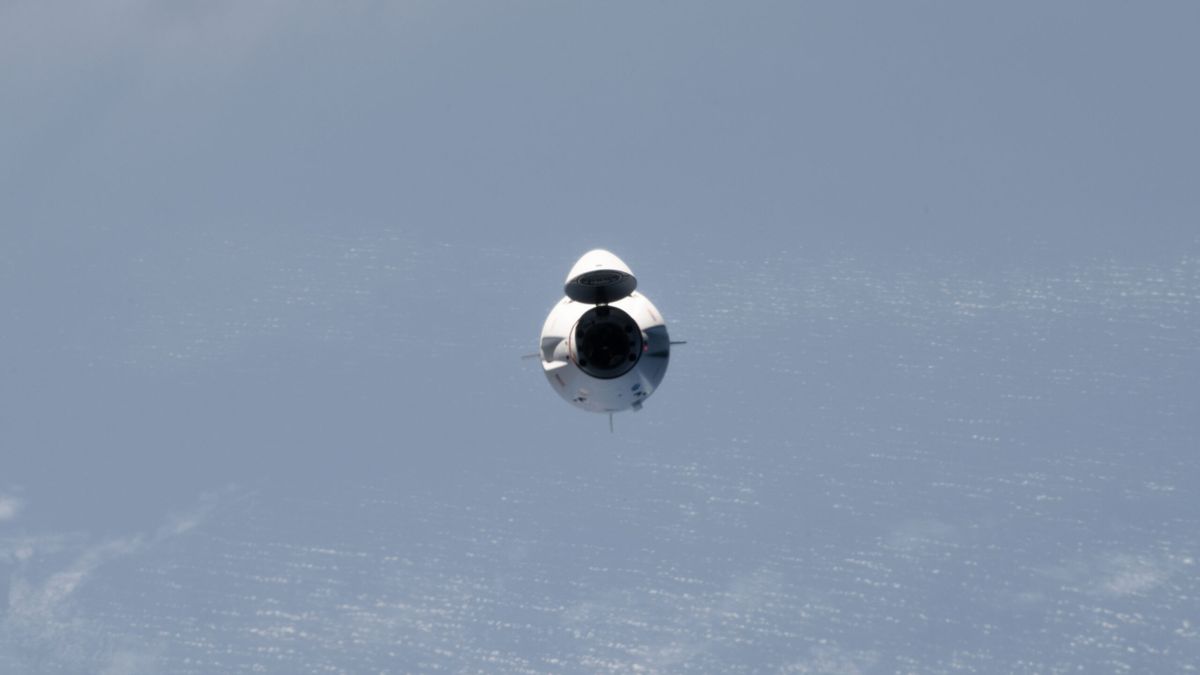Astronomical Discovery of Icy Building Blocks of Life Around Infant Stars
Utilizing the powerful James Webb Space Telescope, astronomers have successfully pinpointed several of the icy precursors to organic life in the midst of gas and dust that encircle two fledgling stars, known as protostars. Among the molecules detected are a range of substances, from relatively simplistic compounds like methane to more intricate ones such as acetic acid and ethanol.
Predictions and Confirmations
It had been previously theorized that complex organic molecules (COMs) in frozen, icy form could be present in the vicinity of protostars that have not yet commenced the formation of planets. However, this theory was based on laboratory studies conducted on Earth. While this prediction had been tentatively validated in the past using space telescopes, including the James Webb Space Telescope, unequivocal proof had been elusive until now.
Thanks to observations conducted on the clouds surrounding protostars IRAS23385 and IRAS 2A with the Mid-Infrared Instrument (MIRI) of the James Webb Space Telescope under the James Webb Observations of Young ProtoStars (JOYS+) program, the existence of these icy compounds has now been definitively confirmed.
Implications and Significance
Of particular interest for future investigations is the material orbiting the low-mass protostar IRAS 2A, which may bear resemblances to how our own sun evolved over 4.6 billion years ago. Consequently, the identical chemical ices identified near IRAS 2A likely played a role in the nascent stages of our solar system’s development before eventually being distributed to early Earth.
Insights into Astrochemistry
“This finding contributes to one of the long-standing questions in astrochemistry,” stated team leader and researcher Will Rocha of Leiden University. “What is the origin of COMs in space? Are they made in the gas phase or in ice? The detection of COMs in ices suggests that solid-phase chemical reactions on the surfaces of cold dust grains can build complex kinds of molecules.”
Furthermore, the detection of these icy COMs presents an opportunity to gain a deeper understanding of the origins of larger molecules in the cosmos.
Delivery of Molecules to Planets
Researchers are eager to elucidate the mechanisms through which molecules, like COMs, are transported to planets during the later stages of protostellar evolution. One hypothesis posits that icy materials are more effectively conveyed through planetary disks compared to gases, potentially resulting in the inclusion of COMs in developing comets that may collide with nascent planets.
This process could have played a crucial role in establishing conditions suitable for life to flourish on Earth.
Unveiling Complex Ices
The team’s research led to the identification of various organic molecules in the form of ices, including acetaldehyde, alcohol (ethanol), methyl formate, and acetic acid. Additionally, less intricate compounds such as methane, sulfur dioxide, formaldehyde, and formic acid were also detected in their icy form.
The presence of sulfur dioxide, in particular, could offer insights into the formation of habitable planets around stars, with suggestions that sulfur-containing compounds played significant roles in driving metabolic processes on primordial Earth.
Future Prospects and Conclusions
The discovery of negative ions in the gas and dust clouds neighboring these protostars indicates potential avenues for the development of salts that contribute to enhancing chemical complexity at elevated temperatures. This underscores the importance of further studies on these icy compounds for future astrochemical endeavors.
“We look forward to following this astrochemical trail step by step with more JWST data in the coming years,” remarked Ewine Dishoeck, the JOYS+ program coordinator and a researcher at Leiden University.
The team’s extensive research has been detailed in the esteemed journal Astronomy & Astrophysics.
Image/Photo credit: source url





